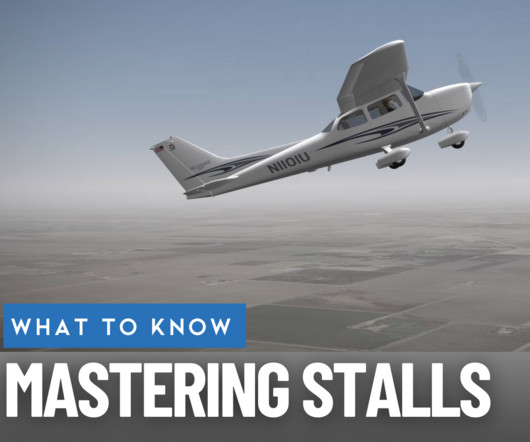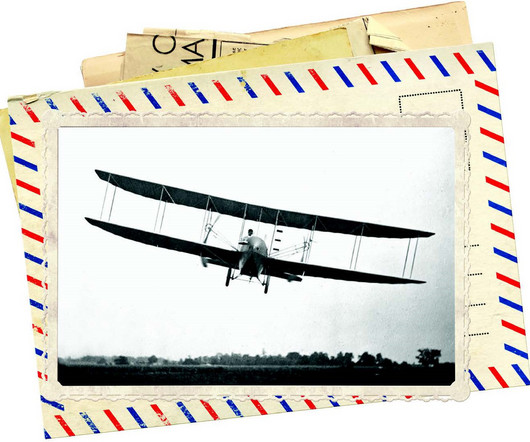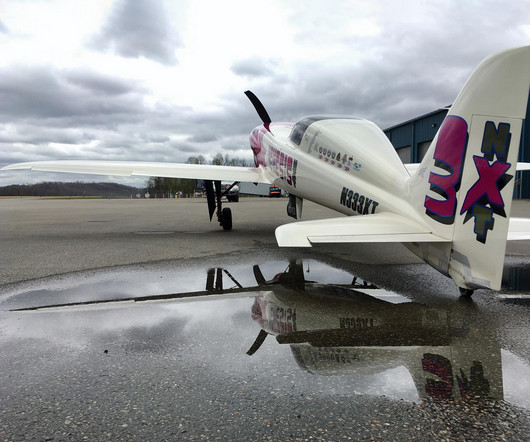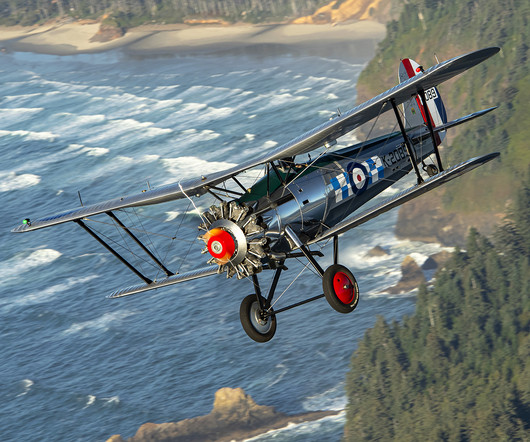Picture Of The Week: April 4, 2025
AV Web
APRIL 3, 2025
Photo By Paul Sherry On final ILS approach to Liverpool UK (EGGP) at completion of an instrument rating training flight.

AV Web
APRIL 3, 2025
Photo By Paul Sherry On final ILS approach to Liverpool UK (EGGP) at completion of an instrument rating training flight.

Flight Training Central
MARCH 3, 2025
Depending on design, airfoils used in general aviation, stall at angles of attack between 16 to 18 degrees. The power on stall simulates the takeoff and departure situations, and the power off stalls the approach and landing conditions. At the normal approach speed, lower the nose to the approach pitch attitude.
This site is protected by reCAPTCHA and the Google Privacy Policy and Terms of Service apply.

Pilot Institute
MARCH 28, 2025
When air flows over the aircraft wing, the shape of the airfoil creates low pressure above the wing and relatively higher pressure below the wing. Pilots need to keep this behavior in mind as theyre likely to encounter these vortices while theyre on approach or during departure. How Are Wingtip Vortices Formed?

Flying Magazine
MAY 1, 2024
Wing warping,” as this approach was called, was satisfactory for very slow airplanes, but faster ones required more rigidity, and by around 1908 or 1909 the idea had arisen of replacing part of the trailing edge of a wing with a hinged, controllable flap.

Pilot Institute
MARCH 13, 2025
Airfoils use this principle, with faster airflow over the top creating lower pressure. As the airflow approaches the wing, the flow splits above and below the leading edge. Engineers use Bernoullis principle to shape airfoils to optimize the pressure difference needed for efficient lift generation.

Plane and Pilot
APRIL 14, 2025
The NXT was designed using computer-based computational fluid dynamics (CFD), NASA-derived airfoils, and was tested in the Lockheed wind tunnel to refine the aerodynamics. He flies downwind leg at 150 mph, final approach at 130, and touchdown at 110the NXT stalls at 90 mph. Flying the NXT is an experience.

Vintage Aviation News
OCTOBER 18, 2024
” Bristol Bulldog at Tillamook Airport After a short time in the air, Storo circled around to approach Tillamook Airport setting up for landing. The tail touched down hard, but to save the landing—and the airplane—Storo put power to it and went around for another approach. That was one thing I was kind of surprised at.”
Let's personalize your content